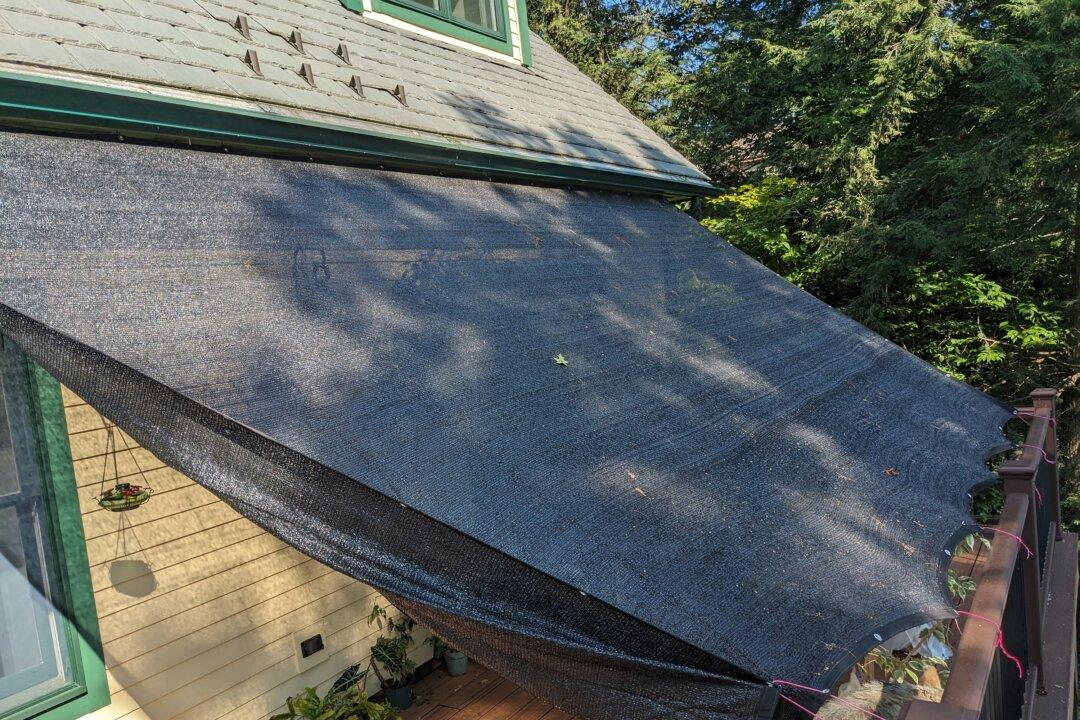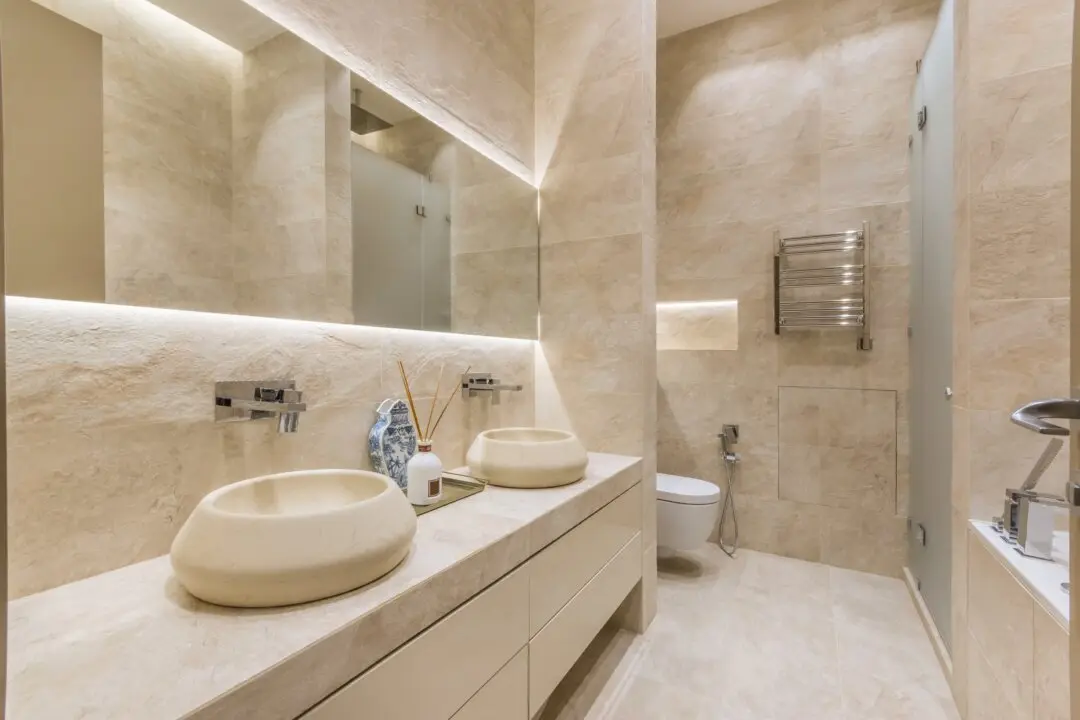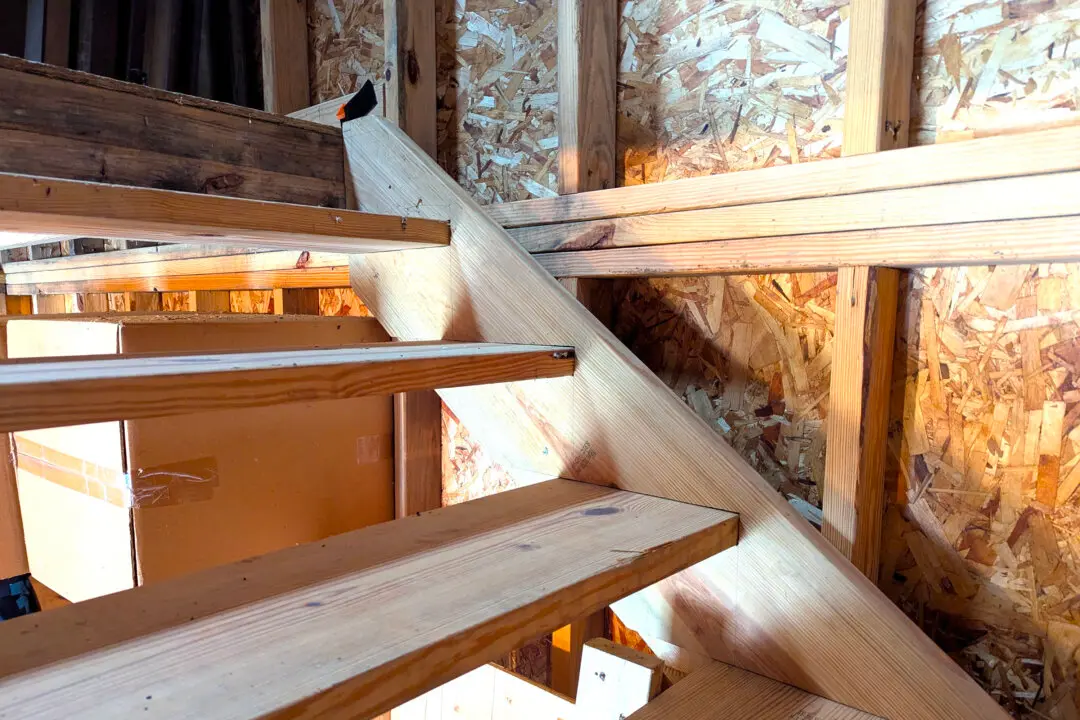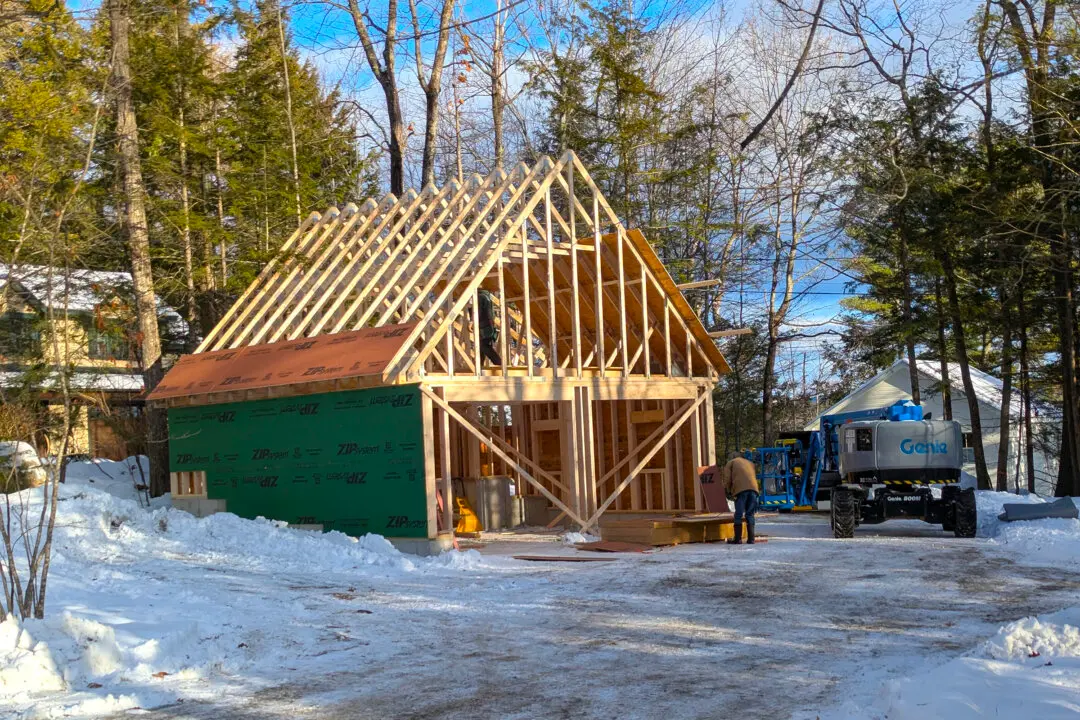Are you hot and bothered? It’s been a very hot summer so far with record temperatures in many states. Where I live in central New Hampshire, we’ve had a long spell of high humidity mixed with higher-than-normal temperatures. Normally, you have to sleep with a blanket in the summer with your windows open. Not so this summer!
There are many ways to stay cool in the summer, not the least of which is using fans to blow air across your body. You may remember from your high school physics class that evaporation is a cooling process.
When you perspire, the sweat on your skin can pull heat from your body as it evaporates. The issue is that in high-humidity situations the evaporation slows down because the air around you is nearly filled up with all the moisture it can take. This is why it can be stifling and uncomfortable just before a rain shower, as the relative humidity approaches 100 percent and no matter how much you sweat, moisture is going to have a difficult time leaving your skin.
Let’s discuss insulation. You may fall victim to a salesman who says you need to install much more insulation in your attic to stay cool. Understand that insulation does but one thing: It slows the transfer of heat. That’s all it does. Nothing more.
So if the inside of your home gets hot, the more insulation you have in the walls and attic, the longer your rooms will stay hot. Insulation does a great job of helping you stay cool if you have air conditioning, as the insulation slows the heat from getting to the cooler room temperatures. This is a basic law of thermodynamics: heat moves to where it’s colder.
Did you fall for the sales pitch about solar attic fans? Do you realize they really don’t do much at all to lower your attic temperature? An attic can easily reach temperatures that approach 150 F. I have infrared photos of my own roof with the surface temperature reaching close to 160 F.
When the shingles get that hot, they transfer heat to all the lumber that is used to create your roof. All this lumber radiates the heat toward your rooms just like the heat you feel from glowing embers around a campfire. All the tiny solar fan can do is move a minimal amount of air to try to cool down the lumber. The lumber stays hot for hours after the sun goes down and the fan stops spinning.
Recently, I received an email from a subscriber to my newsletter. He shared a tale about how he failed to listen to my advice about the size of air conditioners. He needed a new central air conditioner and the correct size was sold out. He decided to get one the next size up.
Never do this. When you oversize an air conditioner it will short-cycle. It will blast lots of cold air into your home and tell the thermostat to shut off. Air conditioners need to operate for 10 or 15 minutes at a time to remove the humidity in the air. Doing this is what keeps you comfortable. Short-cycling creates a cold, clammy environment.
Don’t underestimate the ability of simple paddle fans, box fans, and rotating multi-speed fans to do a fantastic job of keeping you cool. They do a magnificent job. You know this to be true because when Mother Nature does it for free with a cooling breeze when you sit outside, you often say out loud how wonderful the air is moving across your body.
You can also purchase clear window films that do a superb job of blocking direct solar radiation into your home. Look for films that also block ultraviolet light, as this will prevent rugs, upholstery, artwork, and photographs from fading.
Just two months ago, my wife purchased a very inexpensive tarp that has slots in it. It blocks 70 percent of the sunlight that hits it. We hung it from below a gutter across our deck to protect some indoor plants from the blistering sun. The plants had to be moved to the deck while the hardwood floors were refinished.
The first thing we noticed was the room shaded by the tarp was about 15 degrees cooler than the room next to it. Sunlight used to pour into a large french door that was now shaded by the tarp.
Just engage your God-given critical-thinking skills and you’ll be amazed at how simple it is to beat the heat. And if you get frustrated, head off to a local clear-water lake and jump in!
Dear Readers: We would love to hear from you. What topics would you like to read about? Please send your feedback and tips to [email protected].




